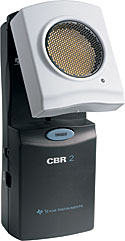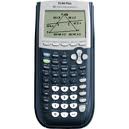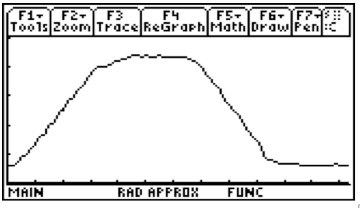A motion sensor is a probe for collecting motion data, such as distance, velocity and acceleration, over time. Connected to a calculator, the motion sensor gives data that can be represented on real time on the screen of the calcolator, through a graph, or that can be collected in a table.
Many studies in literature report on the cognitive support that experiments with sensor and calculator can give to the construction of mathematical concepts, as for example the linear function, the parabolic function, and so on.
Some of them:
- Ferrara, F., Robutti, O. (2002). Approaching graphs with motion experiences. In: A.D. Cockbrun & E. Nardi. Proceedings of the 26th Conference of the International Group for the Psychology of Mathematics Education (PME 26).
- Arzarello, F., Robutti, O. (2003). Approaching algebra through motion experiences. In: Perceptuo-motor Activity and Imagination in Mathematics Learning, Research Forum 1, Proceedings of PME 27. Honolulu, vol. 1, p. 111-115.
- Robutti, O. (2006). Motion, Technology, Gesture in Interpreting Graphs. The International Journal for Technology in Mathematics Education, vol. 13 n.3; p. 117-126.


